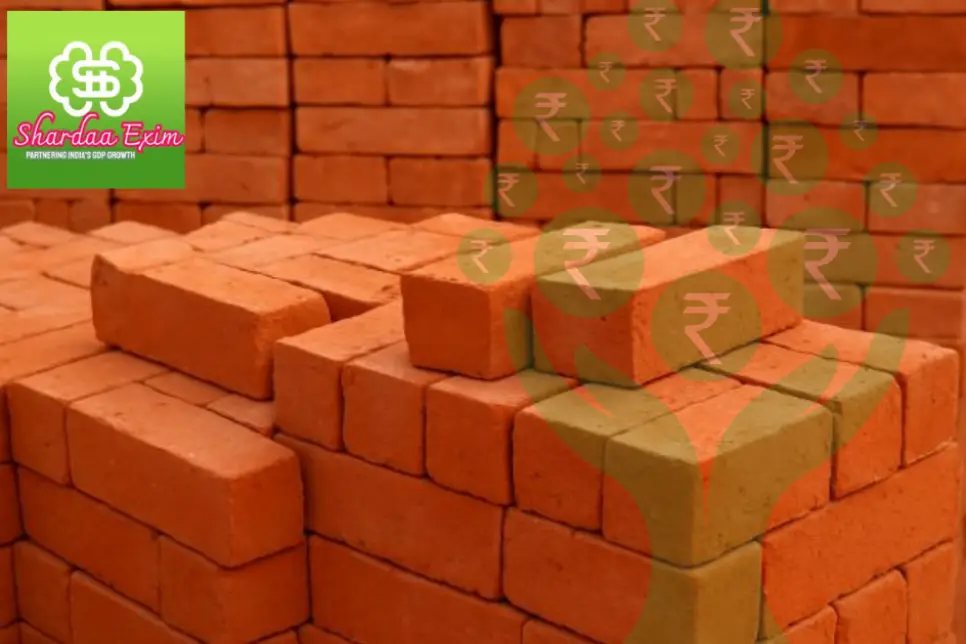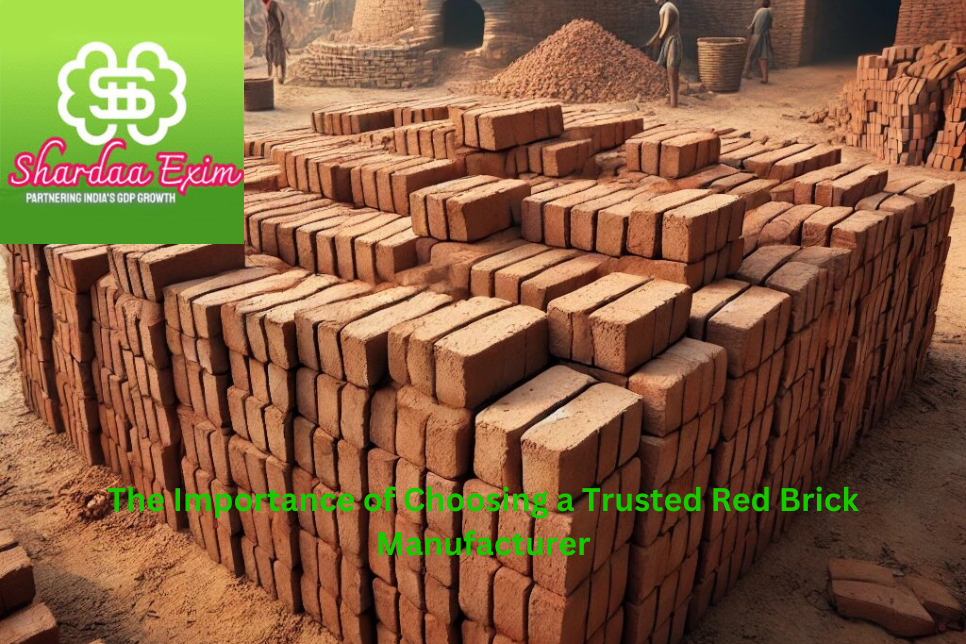
Red Brick Price Trends in India: What You Need to Know
Red bricks have long been the important part of construction in India. With their durability, thermal insulation, and affordability, they remain one of the most widely used building materials across residential, commercial, and industrial projects. But as the construction industry evolves and raw material costs fluctuate, red brick prices in India have become a topic of interest for builders, architects, and property owners alike.
In this blog, we’ll break down the current Red Brick Price trends in India, the factors influencing costs, regional price variations, and what buyers should keep in mind when budgeting for a construction project.
What Is the Current Price of Red Bricks in India?
As of 2024–2025, the average price of Red Bricks in India typically ranges between ₹5 to ₹10 per brick, depending on several variables. Bulk orders often receive discounted rates, while bricks with higher compressive strength or better finish may be priced slightly higher.
Here’s a quick snapshot of estimated red brick prices per 1,000 bricks:
- Standard red clay brick: ₹5,000 to ₹7,000
- Machine-made bricks: ₹6,500 to ₹8,500
- Wire-cut bricks or perforated bricks: ₹7,000 to ₹9,500
Factors Affecting Red Brick Prices in India
Raw Material Costs
The primary material used in red bricks is clay, often mixed with sand and other additives. If the availability of clay becomes limited due to regulatory or environmental restrictions, prices can rise sharply. Seasonal variations like monsoons also affect clay quality and availability.
Fuel and Energy Costs
Brick kilns consume coal, wood, or other fuels to fire the bricks. With rising fuel prices, the cost of manufacturing bricks has seen periodic spikes. Energy costs also play a major role in machine-made or wire-cut brick production.
Labour Costs
Brick-making, especially handmade bricks, is labour-intensive. In regions facing labour shortages or rising daily wages, brick prices can be higher. Machine-made bricks are less affected by this but still subject to operational labour expenses.
Transport and Logistics
Red bricks are heavy and fragile, making them costly to transport. Transportation distance from brick kilns to construction sites heavily influences final costs. Buyers in remote areas or regions with poor infrastructure often pay more per brick.
Government Regulations and Taxes
State-level regulations related to clay mining, kiln operations, and environmental impact assessments can influence production. Additionally, the Goods and Services Tax (GST) applied to building materials affects final pricing.
Regional Price Trends of Red Bricks in India
Prices of red bricks vary across Indian states due to differences in clay availability, local demand, and transportation:
- Uttar Pradesh / Bihar: Home to numerous traditional kilns, prices are relatively lower (₹5–₹7 per brick).
- Punjab / Haryana / Delhi NCR: Slightly higher due to stricter pollution control norms (₹7–₹9 per brick).
- Maharashtra / Gujarat: Moderate prices due to good transport infrastructure (₹6–₹8 per brick).
- South India (Tamil Nadu, Karnataka, and Kerala): Prices tend to be higher due to limited kiln availability and higher transportation costs (₹8–₹10 per brick).
- Northeast India: High logistics cost makes bricks costlier (₹9–₹12 per brick).
Trends and Market Insights
Shift toward Machine-Made Bricks
With automation increasing in the construction sector, many builders are now opting for machine-made red bricks or wire-cut bricks for consistent quality and faster availability. These bricks may cost more but reduce wastage and construction time.
Rise of Eco-Friendly Alternatives
Fly ash bricks, AAC blocks, and compressed stabilized earth blocks (CSEBs) are gaining traction as sustainable alternatives to red bricks. This shift may reduce the demand and stabilize red brick prices in the coming years.
Post-COVID Recovery Impact
Post-pandemic recovery has led to a surge in construction activities, temporarily raising the demand—and thus prices—of red bricks in early 2023 and 2024. However, the market has shown signs of stabilization since mid-2024.
Tips for Buyers and Builders
Buy in bulk: Larger orders often receive significant discounts.
Buy locally: Reduce transportation costs by sourcing bricks from nearby kilns.
Compare quality: Don’t just look at price—inspect strength, size uniformity, and firing quality.
Check certifications: For larger projects, ensure bricks comply with BIS standards.
Negotiate transport: If transport is arranged by the kiln, negotiate for inclusive pricing.
Red bricks continue to be a reliable and cost-effective choice in Indian construction. While prices fluctuate due to various economic, environmental, and logistical factors, the key to smart purchasing lies in understanding the market and planning ahead.
Whether you're building a home, an office, or a commercial space, being informed about red brick price trends can help you budget effectively and avoid last-minute surprises. With India’s construction sector showing steady growth, red bricks will likely remain a cornerstone of traditional and modern architecture alike.
Recent Posts

April, 18 2025
The Environmental Benefits of Using Natural Red Clay Bricks

March, 19 2025
The Importance of Choosing a Trusted Red Brick Manufacturer

